In short-form video marketing, brands are constantly seeking new ways to capture consumer attention and drive engagement. A recent research study by Anika Stuppy, Jan Landwehr, and Peter McGraw sheds light on an underappreciated yet powerful tactic: slow motion.
At first glance, the idea seems counterintuitive – shouldn't fast-paced, high-energy content be more effective in our distraction-filled digital landscape?
However, the study reveals that slow motion can actually enhance consumer evaluations by increasing processing fluency, making content feel easier to watch and more aesthetically appealing.
As a product marketer who has worked across consumer and enterprise spaces – including improving global revenue by 90% at Carbyne and leveraging behavioral data to drive retention at a major subscription service – I’ve seen firsthand how the right presentation of a product can make all the difference.
Let’s explore how slow motion can be a game-changer in product marketing.
Why slow motion works in marketing
The study demonstrates that slow motion increases engagement and brand affinity by improving the hedonic experience of content consumption. In other words, when something is easier to process, we enjoy it more.
This aligns with the psychological concept of processing fluency – the idea that our brains favor stimuli that are easy to understand.
For marketers, this insight presents a unique opportunity. In my experience at Amazon, I observed how subtle creative tweaks in visual storytelling could drive significant increases in consumer engagement.
Slow motion is one such tweak that enhances the perception of premium quality and desirability.
Think about a luxury car ad where the camera lingers on the smooth curves of the vehicle, or a food brand showcasing a slow-motion drizzle of chocolate – these visuals create an immersive, aspirational experience.
When to use slow motion (and when to avoid it)
While slow motion can be a powerful tool, its effectiveness depends on context. The study highlights key scenarios where it works best:
1. When showcasing complex movements
Slow motion is most effective when applied to content that involves intricate or dynamic movements. For example, a software company that demonstrates a seamless drag-and-drop interface in slow motion can make the interaction more intuitive and polished.
In my experience working on digital products, we often found that visually simplifying user interactions helped drive adoption – slow motion achieves this effect effortlessly.
2. When highlighting positive, aesthetic content
The research shows that slow motion amplifies positive emotions but can make negative imagery feel even worse.
This means it works beautifully for aspirational content – fashion brands, sports highlights, or travel videos – but might backfire if applied to less appealing visuals. When positioning a brand as premium or emphasizing elegance, slow motion can create the desired emotional impact.
3. When targeting heuristic thinkers
Consumers who rely on quick, intuitive decision-making are more likely to respond positively to slow-motion content.
This insight is particularly relevant for social media campaigns where viewers are scrolling rapidly.
Slowing things down disrupts the speed and catches attention in an environment where brands compete for every second of screen time.
Practical applications for product marketers
Social media campaigns
Slow-motion clips can make the content feel more polished and luxurious for brands leveraging Instagram Reels, TikTok, or YouTube Shorts. A well-timed slow-motion effect on a product reveal or brand moment can increase perceived quality and shareability.
Brand storytelling and advertising
Whether it’s a cinematic brand film or a short-form ad, slowing down key moments can make a message more memorable.
In my Amazon bestselling book Product Marketing Wisdom, I discuss how perception often drives purchase decisions – slow motion can subtly reinforce a brand’s positioning by making a product feel more refined and desirable.
Carlton Draught's iconic beer advertisement masterfully employs slow-motion cinematography to create a hilarious and memorable visual narrative.
The commercial transforms an ordinary pub moment into a comedic spectacle, playfully capturing the camaraderie and excitement of enjoying a perfectly poured beer while simultaneously celebrating the brand's refreshing appeal.
Sales and product demos
For tech and SaaS marketers, slow motion can help simplify complex product interactions. A zoomed-in slow-motion clip of a seamless app feature can make an otherwise overwhelming user experience feel intuitive and accessible.
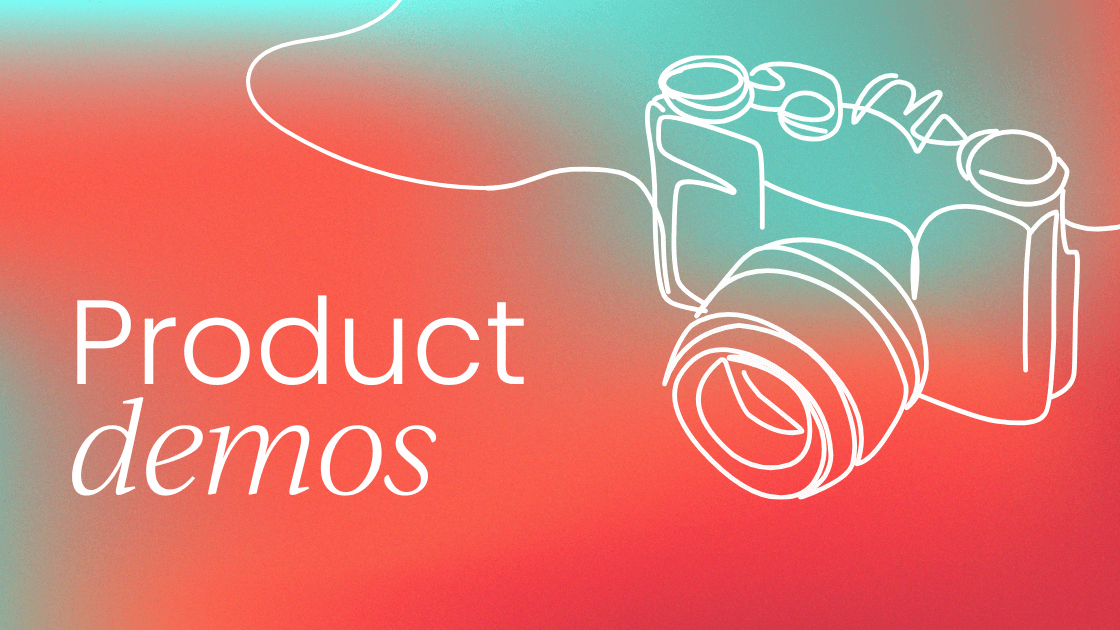
Final thoughts
In a world where speed dominates, strategic slowness can be a differentiator. The research confirms what many of us in product marketing have intuitively observed – presentation matters just as much as the product itself.
By understanding when and how to use slow motion, brands can create more engaging, visually compelling experiences that drive stronger consumer connections.
So the next time you’re crafting a product video, social campaign, or brand ad, consider whether slowing things down might actually speed up your results.





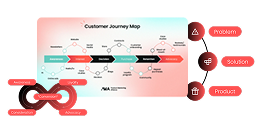
.png)
.png)

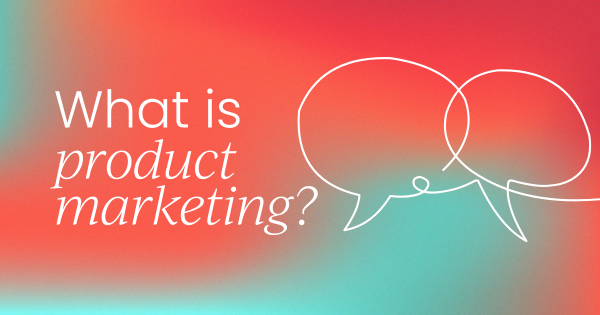


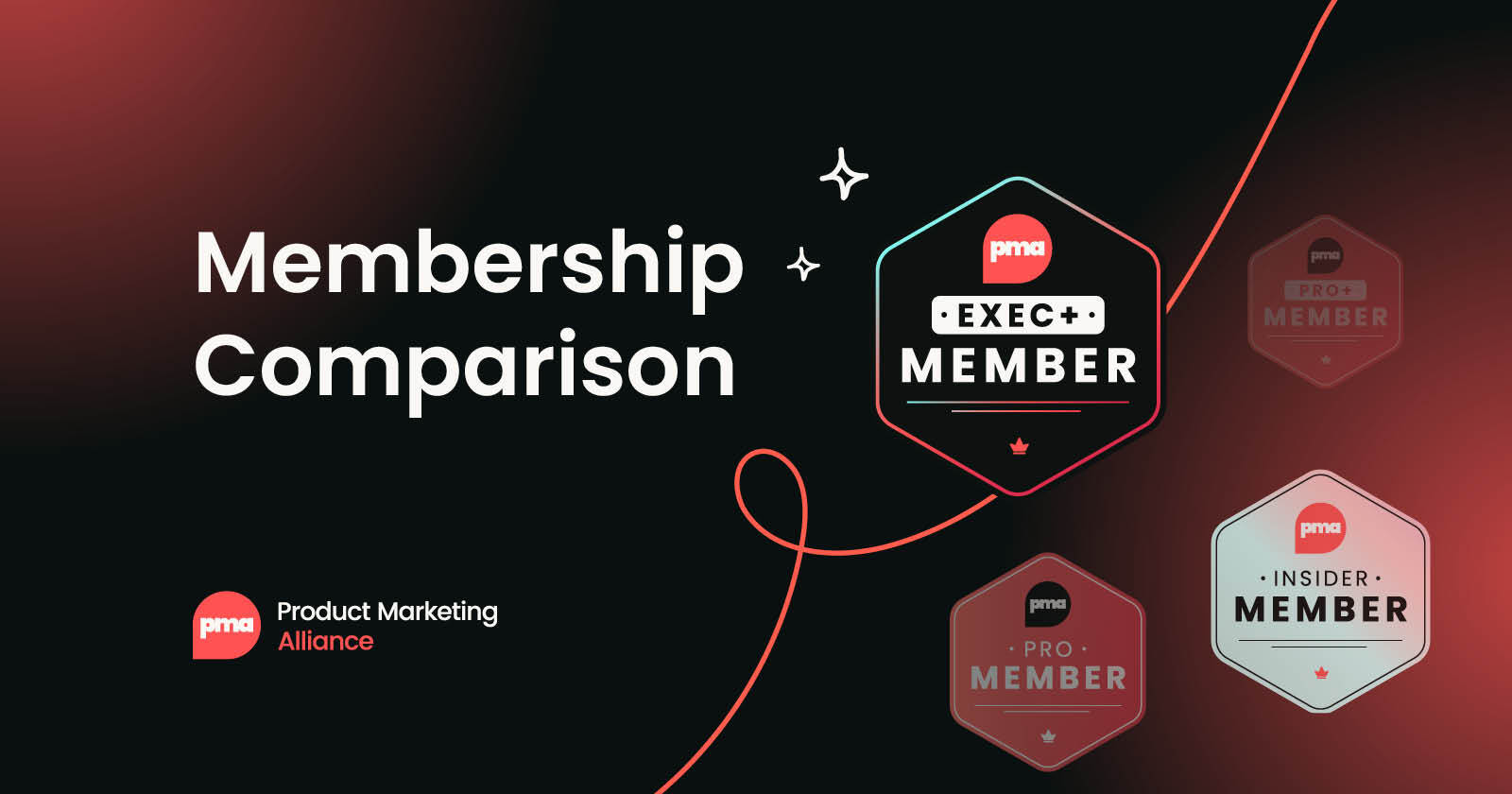
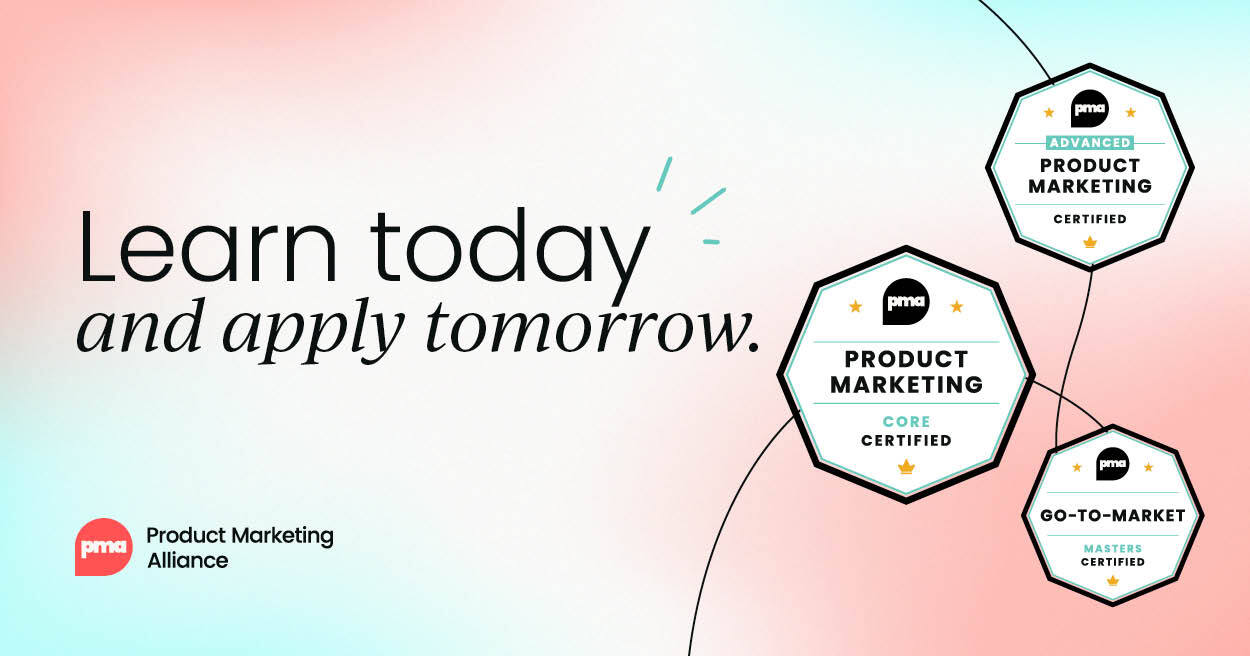
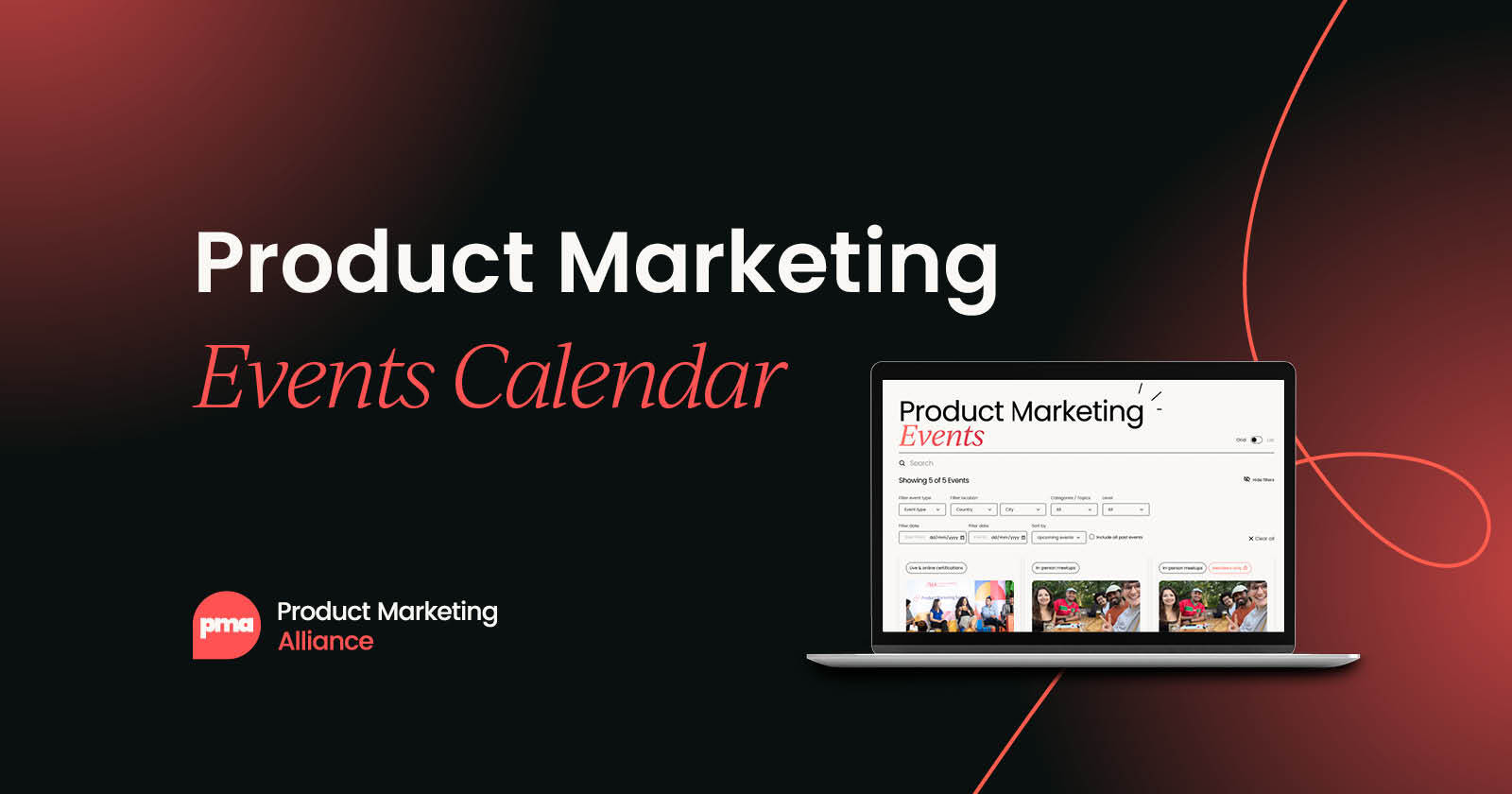
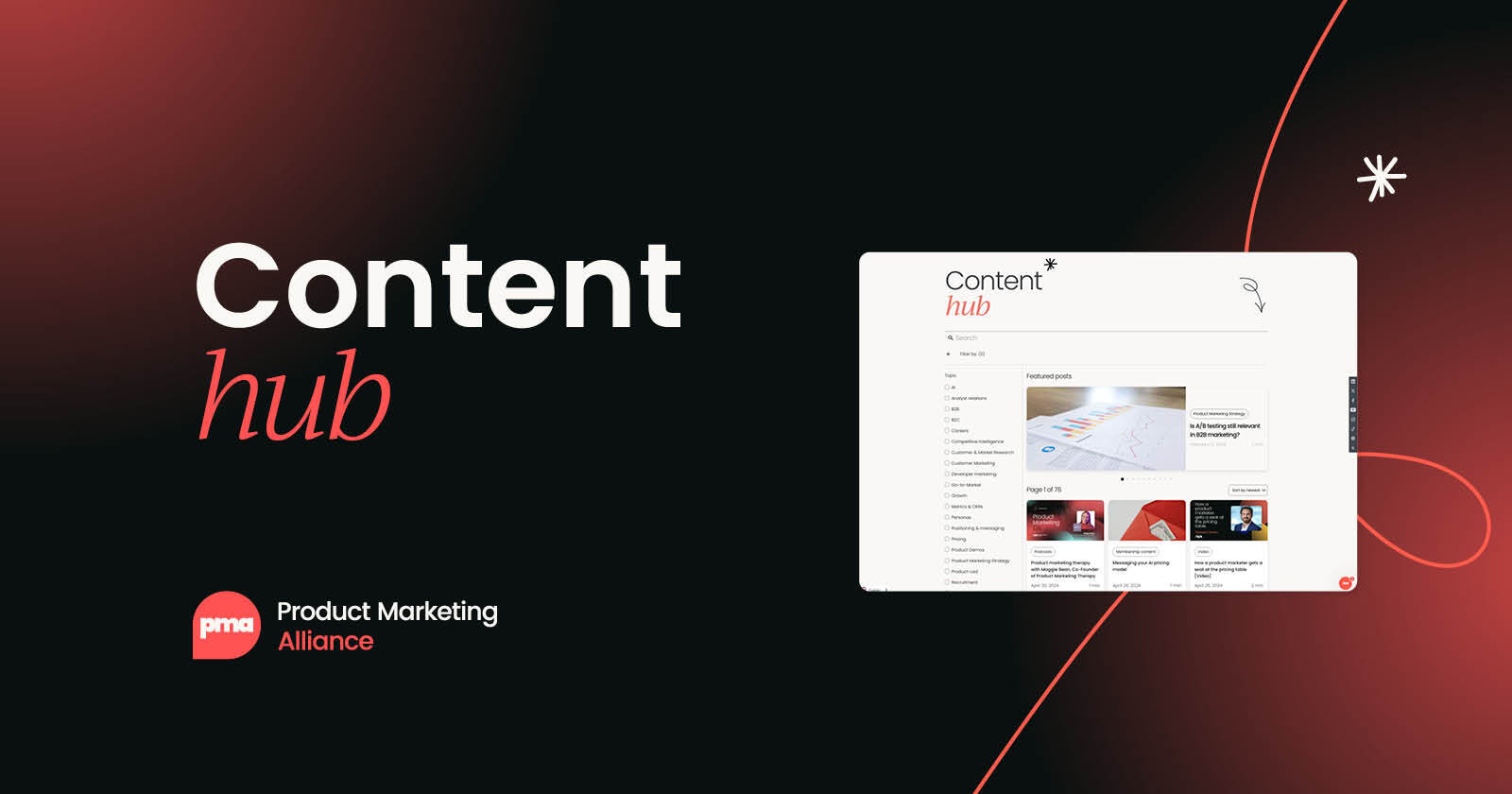

 Follow us on LinkedIn
Follow us on LinkedIn


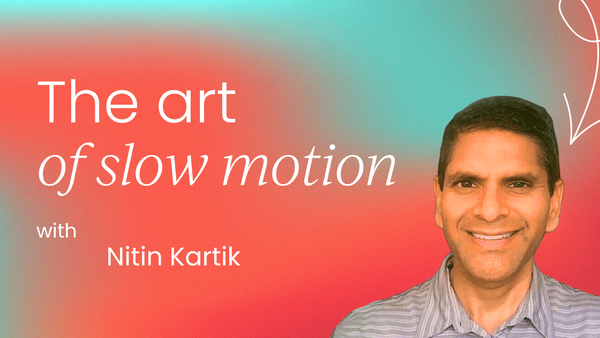

.svg?v=3bd81ea3cb)